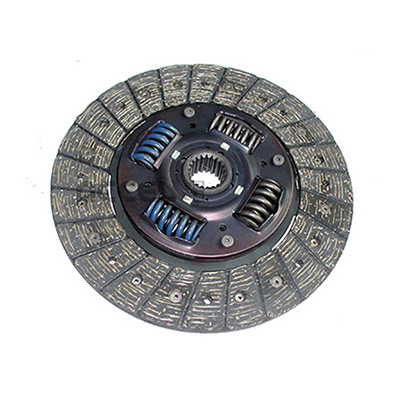- Arabic
- French
- Russian
- Spanish
- Portuguese
- Turkish
- Armenian
- English
- Albanian
- Amharic
- Azerbaijani
- Basque
- Belarusian
- Bengali
- Bosnian
- Bulgarian
- Catalan
- Cebuano
- Corsican
- Croatian
- Czech
- Danish
- Dutch
- Afrikaans
- Esperanto
- Estonian
- Finnish
- Frisian
- Galician
- Georgian
- German
- Greek
- Gujarati
- Haitian Creole
- hausa
- hawaiian
- Hebrew
- Hindi
- Miao
- Hungarian
- Icelandic
- igbo
- Indonesian
- irish
- Italian
- Japanese
- Javanese
- Kannada
- kazakh
- Khmer
- Rwandese
- Korean
- Kurdish
- Kyrgyz
- Lao
- Latin
- Latvian
- Lithuanian
- Luxembourgish
- Macedonian
- Malgashi
- Malay
- Malayalam
- Maltese
- Maori
- Marathi
- Mongolian
- Myanmar
- Nepali
- Norwegian
- Norwegian
- Occitan
- Pashto
- Persian
- Polish
- Punjabi
- Romanian
- Samoan
- Scottish Gaelic
- Serbian
- Sesotho
- Shona
- Sindhi
- Sinhala
- Slovak
- Slovenian
- Somali
- Sundanese
- Swahili
- Swedish
- Tagalog
- Tajik
- Tamil
- Tatar
- Telugu
- Thai
- Turkmen
- Ukrainian
- Urdu
- Uighur
- Uzbek
- Vietnamese
- Welsh
- Bantu
- Yiddish
- Yoruba
- Zulu
Oct . 07, 2024 20:37 Back to list
flat belt transmission
Flat belt transmission systems have been a cornerstone of mechanical engineering since the dawn of industrialization. These systems utilize flexible flat belts to transmit power between rotating shafts, providing a simple yet effective means of mechanical power transfer. Their robust design and ability to handle large loads have made them a popular choice in various applications, from manufacturing plants to agricultural machinery.
The principle behind flat belt transmission is relatively straightforward. A belt made of materials such as leather, rubber, or synthetic fibers wraps around two pulleys connected by a shaft. When one pulley rotates, it drives the belt, which in turn rotates the second pulley. The friction between the belt and the pulleys is what allows power to be transferred efficiently. The tension in the belt is essential; too little tension can lead to slippage, while too much tension can cause excessive wear and tear on the belt and pulleys.
One of the primary advantages of flat belt transmission is its ability to drive multiple shafts simultaneously
. This characteristic allows for complex machinery setups where a single power source can drive various components, improving efficiency and reducing costs. Additionally, flat belts can accommodate different speeds and loads, making them suitable for a wide range of applications.flat belt transmission

However, flat belt systems are not without their challenges. Over time, belts can stretch or wear out, leading to decreased efficiency and potential failure. Regular maintenance is crucial to ensure the longevity of the system. Moreover, noise and vibration can be issues, particularly in high-speed applications, and proper alignment of the components is necessary to mitigate these effects.
In contemporary engineering, while modern alternatives such as chain drives and gear systems are often preferred for their compactness and efficiency, flat belt transmission remains relevant, particularly in applications where simplicity, cost-effectiveness, and ease of maintenance are prioritized. Industries such as textiles, woodworking, and even automotive still utilize flat belt systems, highlighting their enduring significance in mechanical design.
In summary, flat belt transmission systems exemplify the blend of simplicity and functionality in mechanical engineering. Their widespread use and adaptability across various industries underscore their importance, proving that sometimes the simplest solutions are the most effective.
-
Upgrade Power Steering Pump Belt for Smooth, Quiet Operation
NewsAug.27,2025
-
Precision Timing Belt & Chain: Engine Performance & Durability
NewsAug.26,2025
-
Precision Lathe Drive Belts: Durable & Reliable Performance
NewsAug.25,2025
-
84.5 Serpentine Belt: Durable & Precision Fit for Your Engine
NewsAug.24,2025
-
Premium Ribbed Drive Belts for Quiet Power Transmission
NewsAug.23,2025
-
High-Performance Vehicle Timing Belt for Engine Precision
NewsAug.22,2025

